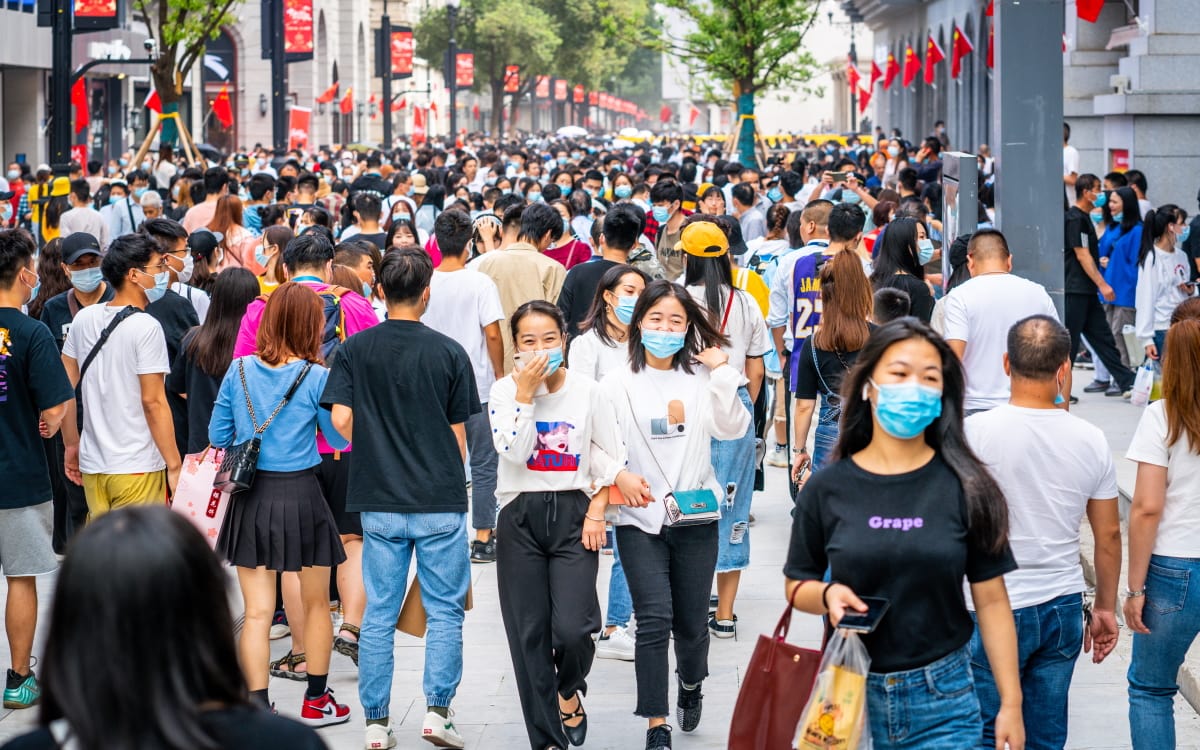The International Monetary Fund (IMF) on Tuesday downgraded its 2021 growth forecasts for emerging and developing Asia, as the recent wave of Delta coronavirus infections across the region and slow vaccinations clouded the region’s recovery prospects.
Growth in emerging and developing Asian economies is expected at 7.5% in 2021 and 6.4% in 2022, down from the April projections of 8.6% for this year, but up from the earlier projected 6.0% for next year.
According to the IMF, the pandemic has resulted in unprecedented output losses in the Asia Pacific region. Losses varied widely across economies, as a function of the stringency and effectiveness of containment policies, dependence on tourism and contact intensive services, and the degree of policy support. “Some of the Pacific Island countries have been among the worst affected”, it added.
Prospects for Emerging Asia marked down
The projection for the ASEAN-5 group, consisting of Indonesia, Malaysia, the Philippines, Thailand, and Vietnam was revised down by 0.6 points to 4.3% from the previous projection of a 4.9% expansion. The downgrade was led by the recent infection waves and still high Covid-19 caseloads, causing a drag-on activity. However, for 2022, IMF revised to 6.3% from 6.1% projected in April.
The 2021 growth forecast for Indonesia fell by 0.4 percentage points to 3.9% from April’s projection, but the country’s growth forecast edged up 0.1 percentage points to 5.9% for 2022. Thailand’s forecast by IMF was revised down by 0.5 percentage points to 2.1% in 2021 and growth outlook for 2022 was upgraded by 0.5 percentage points to 6.1%.
Similarly, the 2021 growth forecast for Philippines was 1.5 percentage points lower at 5.4% from April’s projection. Its 2022 projections were up by 0.5 percentage points to 7%. For Malaysia, GDP projections were down by 1.8 percentage points to 4.7% in 2021, while the 2022 real GDP growth forecast was kept unchanged at 6%.
Also for China the Washington-based organization trimmed the growth forecast for this year to 8.1%, down from April’s projection of 8.4%, on scaling back of public investment and overall fiscal support. However, the country’s growth forecast for next year edged up 0.1 percentage points from April to 5.7%.
Due to the severe second wave of Covid-19 infections during March-May, the IMF forecast for India was slashed to 9.5% for 2021, down from the previous forecast of 12.5%. The 2022 forecast however was upgreade by 1.6 percentage points to 8.5%.
Divergence in APAC economic recovery
Against the downgrade revisions from emerging economies in Asia, revisions were mostly positive for the advanced economies in the Asia Pacific region. The IMF revised the growth forecast for South Korea to 4.3% this year, up by 0.7 percentage points from its April forecast. The IMF also lifted GDP growth for Australia to 5.3% for 2021, up 0.8 percentage points from the 4.5% forecast in April.
Japan’s forecast for 2021 was slightly downgraded by 0.5 percentage points to 2.8%, reflecting tighter restrictions in the first half of the year as coronavirus caseloads picked up. However, IMF anticipates a stronger rebound in the second half of the year as vaccination proceeds and the economy fully reopens, improving its growth forecast for 2022 to 3.0%.
“Vaccine access is the principal fault line along which the global recovery splits into two blocs: those that can look forward to further normalization of activity later this year (almost all advanced economies) and those that will still contend with prospects of resurgent infections and rising Covid death toll,” IMF said.
According to IMF’s Chief Economist Gita Gopinath, close to 40% of the population in advanced economies has been fully vaccinated. This is in comparison to 11% in emerging market economies and a tiny fraction in low-income developing countries.
“It is essential to make available upfront grant financing of around $25 billion for diagnostics, therapeutics, and vaccine preparedness for low-income developing countries,” Gopinath suggested.
The global economy is projected to grow 6.0% in 2021, unchanged from the IMF’s April outlook. For next year IMF expects a 4.9% growth, up by 0.5 percentage points from April, supported by an improved outlook for the United States, Morocco, Latin America, and the Caribbean.










 Australia
Australia China
China India
India Indonesia
Indonesia Japan
Japan Malaysia
Malaysia Philippines
Philippines Singapore
Singapore South Korea
South Korea Taiwan
Taiwan Thailand
Thailand Vietnam
Vietnam Germany
Germany Hong Kong
Hong Kong USA
USA Switzerland
Switzerland Singapore
Singapore
 United Kingdom
United Kingdom








